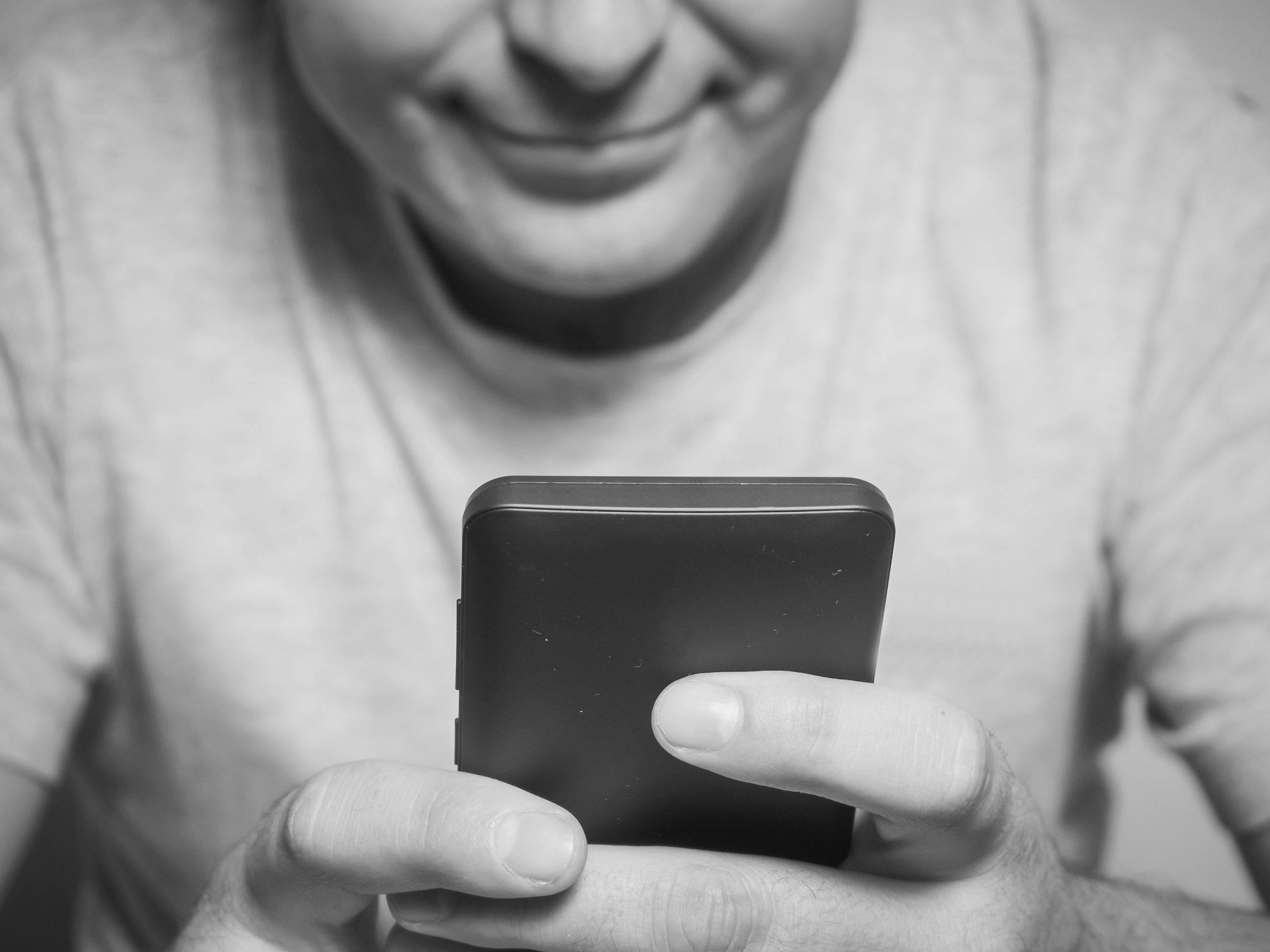DISCLAIMER: This article and any links provided are for general informational purposes only and should not be construed as professional or legal advice. Receipt of these materials does not create an attorney-client relationship nor is it a solicitation or advertisement to provide legal services. The views expressed in this article may be outdated or repealed by current law. Do not act upon this information without seeking professional counsel in the appropriate jurisdiction.
One of the first comments I received on a post I wrote earlier this month was that the trick I described only worked on Android phones. The article, which deals with using mock locations and packet sniffing on proximity dating apps, can be found here. The problem? Stock iPhones don’t allow downloading of apps for either tool to run on the phone. The solution? Jailbreaking.
[clickToTweet tweet=”Jailbreaking your iPhone is Absolutely Legal” quote=”Jailbreaking your iPhone is Absolutely Legal”]
Let’s be clear. Apple specifically does not allow you to jailbreak your phone/tablet. “Apple strongly cautions against installing any software that hacks iOS. It is also important to note that unauthorized modification of iOS is a violation of the iOS end-user software license agreement and because of this, Apple may deny service for an iPhone, iPad, or iPod touch that has installed any unauthorized software.” https://support.apple.com/en-us/HT201954
It may void your warranty, your company probably has a policy against it, and you will subject yourself to all those nasty risks Android users face every day – but you’ll notice there’s no “we will hunt you down and have you arrested” type warning. This is because the U.S. Copyright Office has specifically issued rulings that grant exemptions to the Digital Millennium Copyright Act (the law that makes it illegal to circumvent technology restrictions on copyrighted works) for personally owned smartphones and tablets.
Electronic Frontier Foundation covers the topic in detail and the official text in the federal register can be found here. The important part as it applies to “jailbreaking” smartphones and tablets is the following exemption to the DMCA, valid until 2018:
Computer programs that enable smartphones and portable all-purpose mobile computing devices to execute lawfully obtained software applications, where circumvention is accomplished for the sole purpose of enabling interoperability of such applications with computer programs on the smartphone or device, or to permit removal of software from the smartphone or device. For purposes of this exemption, a “portable all-purpose mobile computing device” is a device that is primarily designed to run a wide variety of programs rather than for consumption of a particular type of media content, is equipped with an operating system primarily designed for mobile use, and is intended to be carried or worn by an individual.
I’m going to translate that from Legalese to English for you. It is legal to use a computer program to “jailbreak” a phone or tablet so that you can run apps that aren’t available in the App Store, as long as you didn’t steal the software or any of the apps you download after using the software to modify your device. You are also allowed to “jailbreak” a phone or tablet so that you can remove software you don’t want on your device. These are the only 2 reasons you are currently allowed to modify your device, which is still protected under federal law for all other purposes.
“Unlocking” is different and is only allowed if you “own” your device. You are allowed to unlock used devices and new devices you paid full price for – but this is an entirely different type of modification that I am not addressing in this post.
WARNING! PROCEED WITH EXTREME CAUTION…
Before jumping up and down while searching for the fastest way to break into your phone’s operating system, keep in mind that there may be no going back. This can be an extremely expensive mistake, and if you download the wrong software or delete the wrong code you can’t take it into the Apple store for a fix anymore. It also opens the door to seemingly innocuous software that runs tracking scripts in the background – making all your personal activity information vulnerable. Unlike using the Google Play store in developer mode, which still allows for a general permissions/security audit before you download an app, the process for running these types of programs on an Apple product is basically “take it or leave it” when it comes to security.
In summary, iPhones are capable of all of nifty tricks you can do with an Android. If you want to use the software that allows you to do the things that are built in to Android’s capabilities, you have to jailbreak your iPhone. Jailbreaking your phone (or iPad as of 2015) is not a crime and there is not a private action that can be taken against you under copyright laws. It is a violation of your end-user agreement with Apple, which means you will be in breach of contract and they are no longer required to provide services to you. You also subject yourself to some serious security risks, especially if you don’t know what you’re doing. However, this only applies to the equipment you jailbreak. It will not apply to any other device you own or any new, unmodified device you buy.
From there, the choice is yours. The other option is to buy a cheap Android smartphone and use it to practice all the fun tricks you read about while connected to wifi. Overall, regardless of whether you are using an iPhone or an Android, it is safest to install somewhat questionable software on a device that does not also hold all of your own – or, more importantly, your clients’ confidential information.
